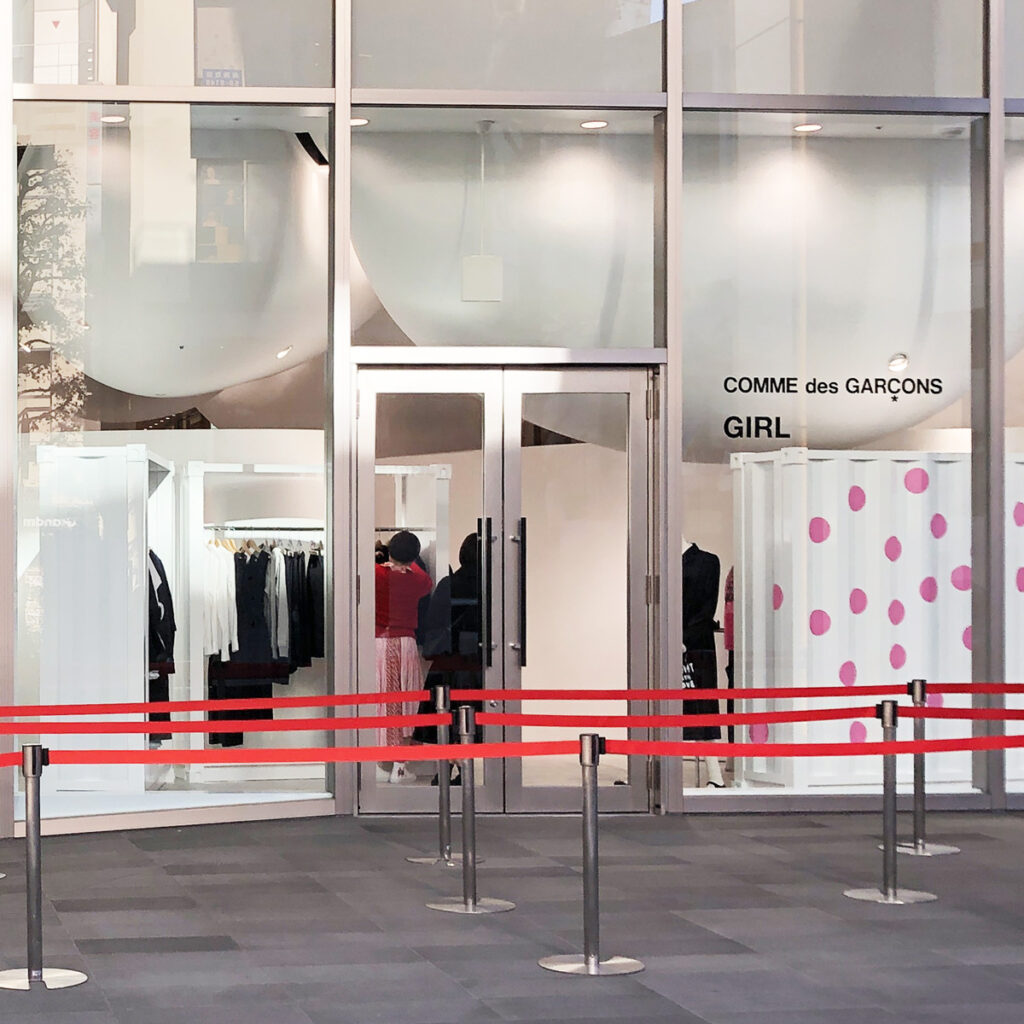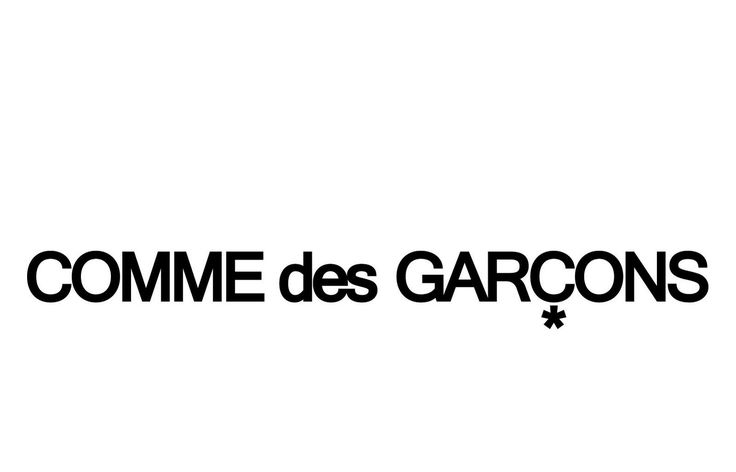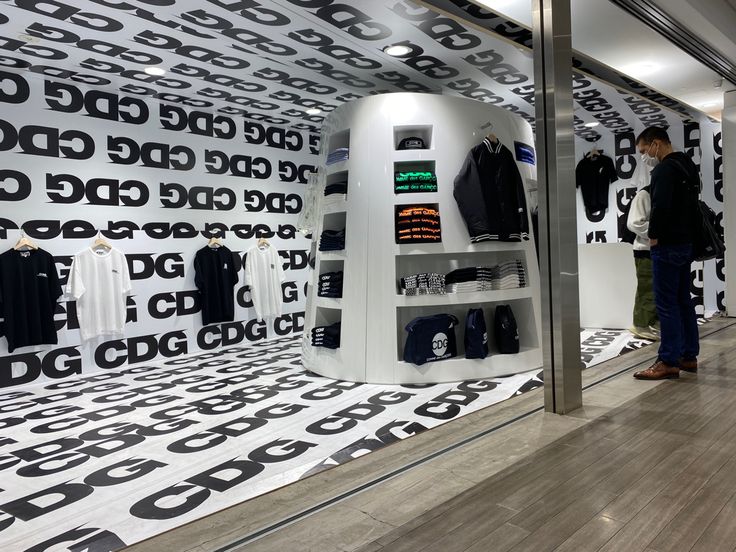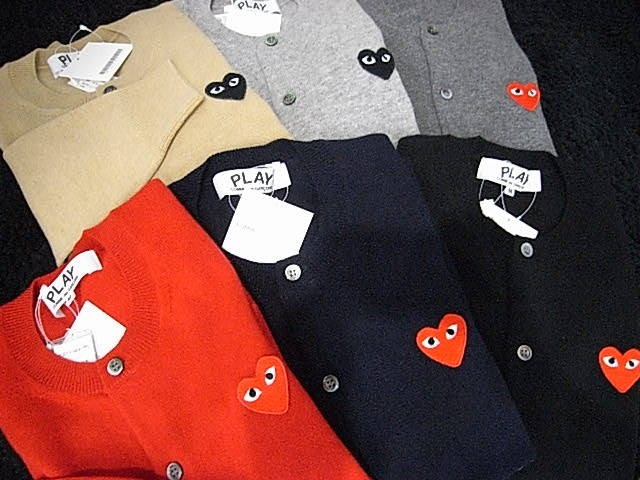Introduction: More Than Just a Name
Comme des Garcons is a brand that is associated with a lot of mystery in the high-fashion circle. Perhaps it seems that it is a simple phrase, being translated into French as an equivalent of like some boys, however, the meaning behind this phrase goes far deeper.
Beneath the name, there is a philosophy, a perception of fashion not as a piece of clothing, but a form of art that is disobedient. Comme des Garcons (also known as CDG) is a Japanese fashion brand founded by Rei Kawakubo in Tokyo in 1969, and has established its world legacy of creativity, rebellion, and conceptual design.
To see the true meaning of Comme des Garçons, it is necessary to examine the philosophy, ethos, and creative direction that make up its identity.
The Meaning Behind “Comme des Garçons”
Linguistic Origin
Comme des Garcons means in French like some boys. Rei Kawakubo was also inspired by the song of 1962 by French singer Françoise Hardy called Tous les garçons et les filles, where the woman sings about the naivety and desire of the youth.
Nevertheless, the name that Kawakubo picked was anything but sentimental. Rather, she made it more of a statement – an icon of non-conformity to conventional gender principles.
Symbolism and Philosophy
Kawakubo suggested a new model of femininity by giving her brand a name like some boys. Her clothes, unlike the soft, ornamental styles that were the trend in post-war Japan, were androgynous, architectural, and intellectual.
The name itself sums up the overall philosophy of the brand, which is to break boundaries, to redefine beauty, and promote individuality. Comme des Garçons defies the way people perceive fashion, gender, and self-expression.
Rei Kawakubo: The Visionary Behind the Brand
Early Life and Vision
Rei Kawakubo was born in Tokyo in 1942. Kawakubo studied art and literature and joined the fashion industry. She was not trained as a designer; hence, she was free to think differently.
She started with Comme des Garcons in 1969 as a small independent label. Her designs at the very beginning were not traditional in their silhouette; instead, they focused on the form, texture, and abstraction.
Redefining Fashion Through Philosophy
Rei Kawakubo was born in Tokyo in 1942. She studied art and literature and joined the fashion industry. Kawakubo was not trained as a designer; hence, she was free to think differently.
She started with Comme des Garcons in 1969 as a small independent label. Her designs at the very beginning were not traditional in their silhouette; instead, they focused on the form, texture, and abstraction.
The Core Philosophy of Comme des Garçons
1. Creation Over Decoration
The work of Rei Kawakubo operates under one principle: the creation, not decoration. This implies that fashion must be there to make a statement and not just to make the eye flash.
Symmetrical cuts, rough edges, and unforeseen proportions often appear in her collections, all planned, refusing to wait until the very end to be perfect, and preferring to be emotionally charged. All designs pose a question, defy a norm, or redefine an expectation.
2. The Beauty of Imperfection
The Japanese aesthetic wabi-sabi, which glorifies imperfection and emptiness, has a significant impact on the work of Kawakubo.
Instead of concealing them, Comme des Garçons emphasizes them. Authenticity and humanity are conveyed through ripped cloth, exaggerated sleeves, and disjointed shapes. This philosophy goes against the polished perfection that is usually regarded in the Western luxury fashion.
3. Gender and Identity
The direct interpretation of Comme des Garcons, which means like some boys, can be used to indicate how Kawakubo explored gender fluidity.
She designed fashion that defied male and female lines many decades before the concept of unisex fashion became a commercial reality. Her designs imply that identity is intimate, and it is not dictated, but rather that style may be present outside the gender.
4. Anti-Fashion and Rebellion
In the 1980s, Comme des Garcons astonished the world of fashion by using black color, loose shapes, and worn-out fabrics. It was termed as anti-fashion by critics.
However, fashion for Kawakubo was not to fit in but to challenge the norms of society. The anti-fashion attitude and the adoption of intellectual design of the label have since come to be a hallmark of the creative orientation of the label.
The Creative Direction of Comme des Garçons
From Tokyo to Paris
Comme des Garçons was launched in Paris Fashion Week in 1981 after it debuted in Tokyo. The unconventional clothes used in the show were dark and shocked viewers, but also made her a trailblazer of the avant-garde clothes.
The Paris exhibition opened up to the world a new visual language: a language that put value and emphasis on idea rather than tradition, on feeling rather than on technique, on mentality rather than on the beautiful.
An Ever-Evolving Universe
Comme des Garcons is not just a brand today, but a creative ecosystem. The sub-labels articulate the vision of Kawakubo in different aspects:
- Comme des Garcons Main Line: The most experimental and creative collections.
- Comme des Garcons Homme Plus: Experimental menswear in structure and form.
- CDG SHIRT: A simple and wearable line that has its basis in architectural designs.
- Comme des Garcons PLAY: Known through the heart-with-eyes logotype by artist Filip Pagowski, the label denotes being accessible to creativity.
- Comme des garcons perfume: A collection of conceptual perfumes that redefine scent as an art form.
All the divisions have their share in the creative story of the brand and make sure that Comme des Garcons does not lose its relevance and radicalism.
Dover Street Market: The Physical Manifestation of CDG Philosophy
A Space for Creative Freedom
In the year 2004, Rei Kawakubo and her husband, Adrian Joffe, launched Dover Street Market (DSM) in London, a groundbreaking concept shop combining retailing, art, and installation design.
DSM was not merely a store; it was a gallery alive. Every corner had been treated like an exhibition, with Comme des Garçons as well as other avant-garde designers.
Global Presence and Cultural Impact
Dover Street Market has spread to Tokyo, New York, Singapore, Paris, and Beijing today. Both places demonstrate the concept of beautiful chaos by Kawakubo, which means that opposing ideas are able to coexist in a kind of harmony.
The stores represent the Comme des Garcons philosophy in its physical manifestation: artistic, unpredictable, and constantly innovative.
The Meaning of Comme des Garçons in Modern Culture
A Symbol of Independence
Comme des Garcons has been able to transform itself into a symbol of artistic independence in the world over the decades since it started as a niche label. The brand does not conform to commercialism and has a great creative voice.
Comme des Garcons is the symbol of genuineness and sincerity in a market full of trends and logos. Its believers do not simply appreciate what they wear, but the reasons as to why they wear it.
Influence on Fashion and Art
The influence of Rei Kawakubo goes way beyond the runway. Her work has been used as an inspiration by architects, artists, and musicians, and is still an influence in modern-day design language.
In 2017, when the Metropolitan Museum of Art hosted her exhibition, called Rei Kawakubo/Comme des Garcons: Art of the In-Between, she secured her legacy as an artist who broke the boundary between fashion and art.
The Enduring Appeal of CDG PLAY
Comme des Garcons PLAY is one of the most popular brands of the brand, whose numerous expressions have been developed over time. Its logo of a heart-with-eyes has become an icon of streetwear, used widely all over the world in T-shirts, sneakers, and partnerships with other brands such as Converse and Nike.
However, even this easy-going edge of Comme des Garcons does not lose the air of artistic whimsiness and the essence of minimal design.
Rei Kawakubo’s Lasting Philosophy
“Creation, Not Reproduction”
Creative direction of Kawakubo has always been based on originality. One time she said, The only thing a person can do to make something new is to begin with nothing.
This is the attitude that characterizes Comme des Garcons. Each collection starts with a bare canvas – not in trying to repeat past success, but trying to discern something that had not been noticed before.
Fashion as a Language of Ideas
Kawakabo does not use words but uses form to communicate with its customers, unlike other designers who use words. Her silence during interviews and unwillingness to comment on her collections sstressher belief that art has to be experienced, not explained.
Her designs are subject to interpretation, leaving everyone to make their or her meaning, just as the name Comme des Garçons is.
The Real Meaning of Comme des Garçons
Beyond the Literal Translation
Though the French expression Comme des Garcons simply means like some boys, the real meaning of the word is the spirit of innovative freedom.
It is the freedom of not being dependent on fashion expectations, the boldness to be disobedient, and the freedom to express oneself without feeling guilty.
What the Brand Stands For
In the very core of it, Comme des Garcons means:
- To create without fear.
- To question accepted beauty.
- To celebrate imperfection.
- To investigate identity unrestrictedly.
The philosophy of the brand is shared throughout the world as it appeals to the universal human need to be authentic.
Conclusion: The Philosophy Behind the Name
One can find out what exactly Comme des Garçons is by getting to know its creator, Rei Kawakubo. Her whole life is represented by the name, her attempt to discover the realm between masculinity and femininity, beauty and anarchy, creation and destruction.
Comme des Garçons is not just a fashion brand, but a thought, a philosophy, a cultural movement. It teaches that fashion should be both intellectual and emotional, minimalistic, and expressive.
The brand makes us ask in each piece and line of its collection: What does it mean to create? To express? To be free?
And that is the very last thing to which the name Comme des Garçons is alluding to be without fear of thinking, asking questions, and being like no one at all.













